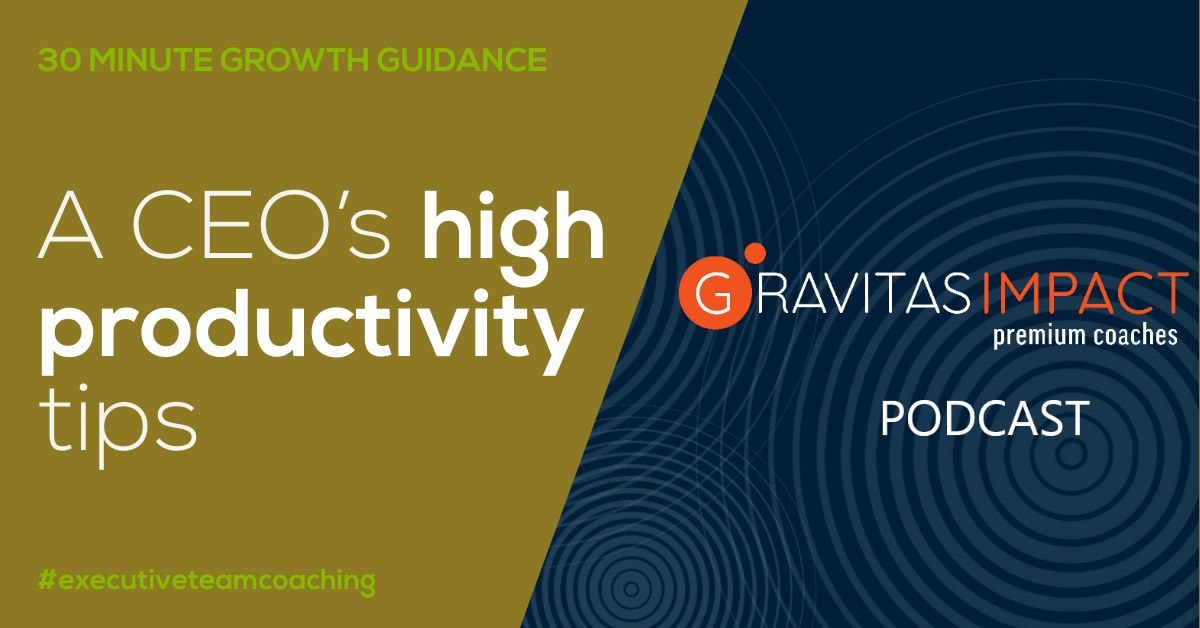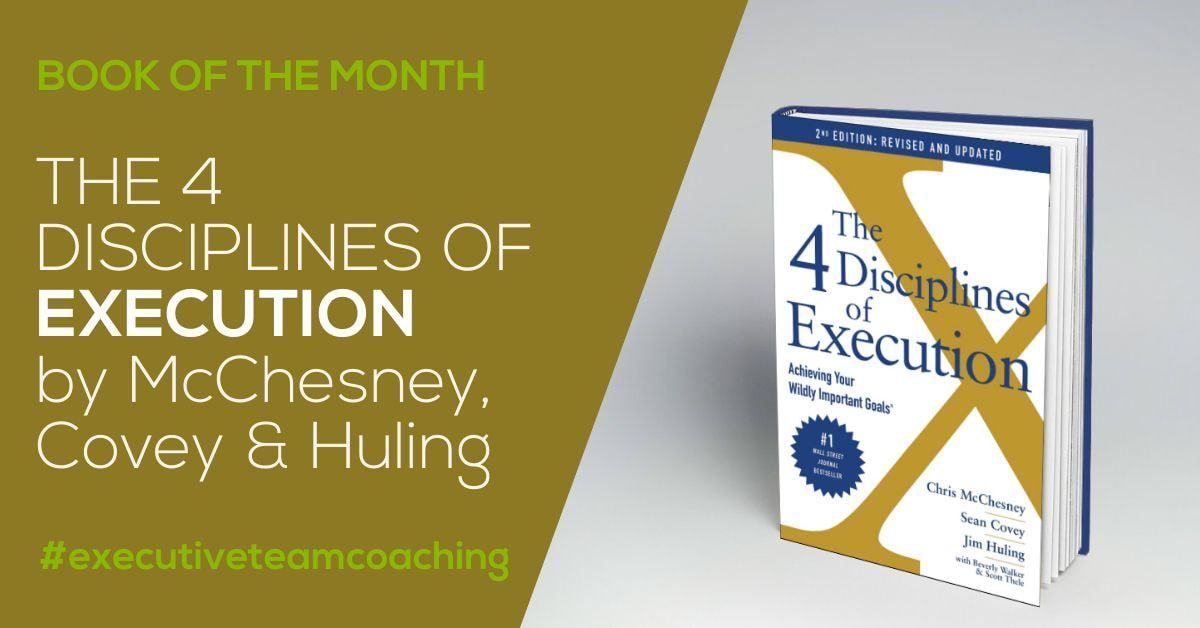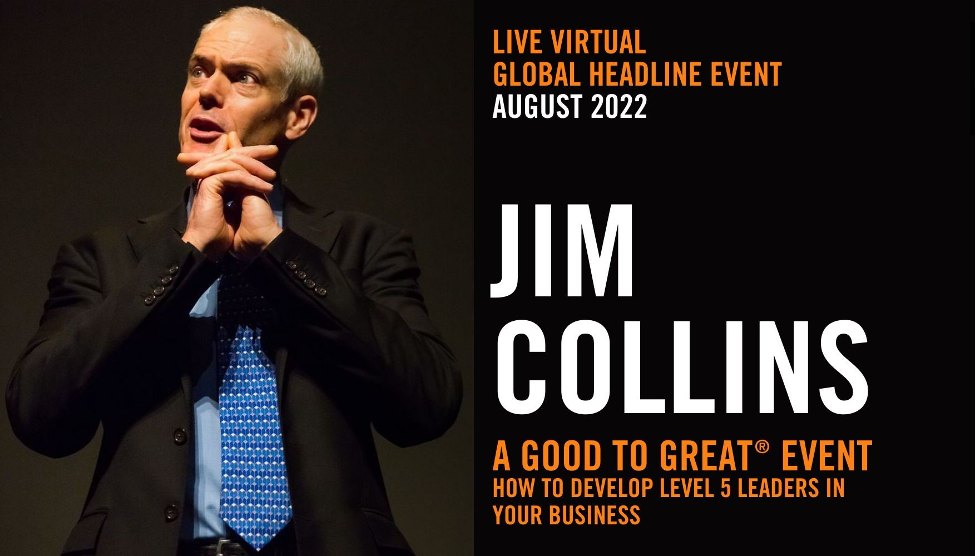|
Many CEOs struggle with mastering their own productivity as they encourage a culture of accountability in their organization. They feel constantly busy, overwhelmed and inundated. In this Gravitas Impact Premium Coaches webinar, Hao Lam, author, coach and CEO of the Best in Class Education Center in Seattle, Washington, shares his own schedule to demonstrate the habits and tools he’s used to monitor and improve his time management skills in both his personal and professional life. Lam also shares his personal story of escaping Vietnam as a refugee, and finding his passion for providing education worldwide, as outlined in his book From Bad to Worse to Best in Class. Subscribe to Gravitas Impact podcast: Android
How can you and your team become more productive? To find out how to improve your productivity to grow more easily, quickly and profitability, AND enjoy the ride, try our complimentary Agile Growth Checklist. This self-service questionnaire takes 5 to 10 minutes to complete. You'll receive the checklist with your responses immediately. Within 24 hours, you'll receive a compiled report highlighting areas to improve. Complete section 4 to check your execution practices. Or complete all 7 sections to find out how your company is doing in each of the 7 areas needed to produce more rapid, profitable and sustainable growth. This report is complementary and involves no obligation. The 4 Disciplines of Execution, first published in 2004 by Stephen R. Covey, was revised and rereleased in 2012 by his son Sean Covey and colleagues Chris McChesney and Jim Huling. It covers a comprehensive system for executing change across a company.
The 4DX system is organized around four principles: 1) Focus on a small number of wildly important goals (WIGs). The more you try to do, the less you actually accomplish. So narrow your focus and make tough choices. 2) Act on lead measures contributing to those goals. The WIGs still need to be measured. But measuring the actions to achieve the WIGs will support accountability for what’s truly actionable. 3) Keep a compelling scorecard. It must be so simple that team members can track their own score and they determine instantly if they are winning or losing. 4) Create a weekly cadence of accountability to contribute to moving the score. Unless we consistently hold each other accountable, the goal naturally fizzles in the whirlwind of the day-to-day. 4DX is a detailed and highly specified system refined by the FranklinCovey organization over the last decade and a half. I’m usually wary of any book that claims its system will work well every time. However, I can say that 4DX does work for executive teams (alot of the time - more on that below). It’s very similar to the approach from Scaling Up and the 7 Attributes of Agile Growth that we use with leadership teams to help them execute their strategies. And that works. That said, how well these execution disciplines work depends on a number of things, such as:
While 4DX is a proven execution method, the results will be limited if these other more foundational aspects of the business aren’t also worked on. This is the benefit of a holistic,integrated approach to business growth like Scaling Up or the 7 Attributes of Agile Growth. They go beyond symptoms to address the root causes of top team challenges, stymied company growth and CEO frustration. Book: 352 pages, full audio - 8 hours 30 minutes, abridged audio – 3 hours 40 minutes. Summary on Soundview: 8 pages, 22 minute audio. On GetAbstract: 5 pages, 10 minute audio. How can you improve your team’s execution? To find out how to improve your execution to grow more easily, quickly and profitability, AND enjoy the ride, try our complimentary Agile Growth Checklist. This self-service questionnaire takes 5 to 10 minutes to complete. You'll receive the checklist with your responses immediately. Within 24 hours, you'll receive a compiled report highlighting areas to improve. Complete section 4 to check your execution practices. Or complete all 7 sections to find out how your company is doing in each of the 7 areas needed to produce more rapid, profitable and sustainable growth. This report is complementary and involves no obligation. In partnership with Growth Faculty, we are delighted to offer you a $50 discount to a Good to Great Event: How to Develop Level 5 Leaders, a 2.5-hour live and interactive virtual event with Jim Collins. Take a deep dive into two key concepts from Jim Collins #1 New York Times bestseller; Good to Great – Why Some Companies Make the Leap… and Others Don’t - Level 5 Leadership and First Who, Then What. According to the globally renowned teacher and thought-leader, Jim Collins, Level 5 Leaders display a powerful mixture of personal humility and indomitable will. They're incredibly ambitious, but their ambition is first and foremost for the cause, for the organisation and its purpose, not themselves. “People are not your most important asset. The right people are.” – Jim Collins Those who build great organisations make sure they have the right people on the bus and the right people in the key seats before they figure out where to drive the bus. They always think about first who and then what. When facing chaos and uncertainty, when you cannot possibly predict what's coming around the corner, your best "strategy" is to have a busload of people who can adapt and perform brilliantly no matter what comes next. Overcoming the war on talent is one of the biggest post-pandemic challenges for leaders and managers. The best candidates are hard to find, hard to lock in and even harder to keep. Companies winning the war on talent understand how the workforce has evolved, communicate an inspiring vision for the future and are led by teams who care not just about their people, but the communities they serve and their impact on the planet. Wednesday, August 17, 2022 - 6pm in MB, 5pm in SK NON-MEMBER: $295* | OUR NETWORK: $245* *Prices quoted in USD. How can you develop your leaders?
To find out how to develop your leaders to grow more easily, quickly and profitability, AND enjoy the ride, try our complimentary Agile Growth Checklist. This self-service questionnaire takes 5 to 10 minutes to complete. You'll receive the checklist with your responses immediately. Within 24 hours, you'll receive a compiled report highlighting areas to improve. Complete sections 1 and 2 to check your company’s leadership and people processes. Or complete all 7 sections to find out how your company is doing in each of the 7 areas needed to produce more rapid, profitable and sustainable growth. This report is complementary and involves no obligation. In a previous 5 Minute Growth Tip article, I discussed how strategy is not a lengthy action plan but the evolution of a central idea about how a company can be unique and valuable to its customers.
So if a strategy is about how the company needs to compete, then how does a CEO and their A player leadership team make it happen? With a best practice execution plan and process. The Execution Challenge In my experience over the last 17 years working with leadership teams, when CEOs and owners of mid-size companies decide to do formal planning with their leadership team, they often go through a traditional strategic planning process. However, this often falls short of what they need to execute on their plan. Many strategic plans include a mission or purpose, vision and values. These are all important. Yet there is often little about how the company will compete in the market or how the plan will be executed. Often, these documents have vague plans for implementing whatever rough direction they’ve set out: some high level multi-year focus areas, or maybe some one year initiatives. In the best case, an annual budget is built with or without the strategic plan in mind. From there, the leadership team members may review the company’s numbers quarterly, or maybe monthly. Although often, this doesn’t happen either. In the meantime, the CEO assumes the leaders are working on making improvements and changes in their departments that align with the high level priorities set out in the plan. After a couple of quarters, a few things can happen:
Does this pattern sound familiar? Does it cause drama, tension and low morale? Usually so. Is it efficient? Not really. Does this hamper progress, growth and profitability? For sure it does. And is it any fun? No. So, what’s the solution? Not a traditional strategic plan. But a strategy (which I outlined here) and an execution plan and process. Our 3 key disciplines of low drama execution describe how it works: 1) Metrics and Targets, 2) Priorities and 3) an effective Meeting Rhythm. Metrics and Targets Watching the numbers may seem like the most obvious of the three disciplines. We all know that tracking financial results is an important part of monitoring whether we’re on track. However, there are other key numbers to monitor as well. While some metrics, like financial numbers, tell us how we’ve done, others give us an indication of how we’re going to do. This is the difference between lagging metrics and leading metrics. For a company as a whole, lagging metrics will be things like financial results, units delivered and market share. Some leading company metrics may be customer loyalty, on-time delivery, employee engagement or the percentage of employees that are A players. There are also different timeframes to set targets for with those metrics. We want to set mid-term targets for our key company metrics, say for 3 years out. These targets should align with our 10 to 30 year vision, or Big Hairy Audacious Goal, as well as our best-guess estimates of what’s possible with the core customer and sandbox we chose in our strategy. From there, we can set goals for those same metrics for the next year. For most of those metrics, we’ll also set goals for the first quarter. And finally, for many metrics, often leading metrics, we might be able to set monthly or even weekly milestones. Setting short-term goals that align with mid-term targets that align with a longer term vision allows the leadership team to commit to biting off a certain amount of progress each quarter. This way, we can check that we’re making enough progress over the weeks, months and quarters to achieve what we need to for the year, which will contribute to reaching our 3 year targets and our 10 year vision. The evolution of this is to work with each leadership team member to identify one or two metrics for each of the functions they lead, as well as goals for those metrics for the year and each quarter. Priorities Metrics measure the results and state of our day to day operations, and how they’re progressing towards our vision. Priorities, on the other hand, are the changes and improvements to those operations. These are what we want and need to implement to make it possible to achieve those mid to long term goals and targets. Going back to my first article in this series on how companies need to do things differently to continue to grow and profitably, these priorities represent, in part, those very structures, systems and processes. Priorities may also be about building or buying new facilities, equipment, or other significant capital assets, to expand or replace capacity. Priorities should also build the capabilities needed to bring to life or strengthen the unique differentiation we chose in our strategy. Like with metrics, we chunk these down from long term to mid term to short term. This again helps us make progress every quarter which supports the progress we want to make over time. We can start with planning out what’s needed over three years. These are all the changes and improvements that need to happen to achieve our 3 year targets. For example, “Developing our middle managers” or “Upgrading our manufacturing plant”. From our 3 year plan, we’ll choose our priorities for year 1 (we also call these Initiatives). They capture the handful of large multi-quarter change projects to bite off an important chunk of our 3 year plan. And from our 1 year priorities, we’ll choose quarterly priorities (we also call these Rocks). These are the multi-month change projects that will help us complete one or more of our annual priorities. The evolution here is for each leader to work with their own team to identify and choose the priorities they need to work on to change and improve their own departments. An Effective Meeting Rhythm It’s great to know what targets need to be achieved and what priorities have to be accomplished over the next quarter to make progress towards our mid-term and long-term goals. But we know that unforeseen things will happen during the quarter. Problems will come up. Things can get forgotten. People can lose focus. So, how do we make sure our leadership team executes on our quarterly plan in the midst of all that? Through regular communication. An effective and efficient meeting rhythm is the key. This meeting rhythm includes:
The purpose of weekly leadership team meetings are to check if our metrics and priorities are on track, take corrective action to keep them on track, and solve problems in the day to day operations or with the priorities. Daily leadership team huddles are to keep all team members in sync throughout the week and identify problems quickly so they can be resolved as they come up. Monthly leadership team meetings are to check that our metrics, priorities AND monthly financial results are on track, take corrective action, adjust the plan as needed and tackle larger tactical or strategic issues. Quarterly planning meetings are to check what we accomplished over the last quarter, adjust course for the year and set our goals and priorities for the next 90 days. The annual planning meeting is to assess overall progress, note market trends, adjust our strategy, long term vision and 3 year targets and priorities, and decide what we’ll bite off with our goals and priorities for the coming year and first quarter. With a clear purpose and a proven agenda for each type of meeting, and with the right people running the meetings and keeping things on track, these meetings can keep the leadership team and its members focused and executing efficiently throughout the year. Pulling it all together A clear, aligned execution plan and an effective execution process will minimize drama and maximize efficiency and goal achievement. However, this will work best if we create the execution plan with the leadership team, so there is efficient leadership team buy-in. And this goes for the strategy as well. Combine all this with strong accountability practices and having A players on our leadership team, and we have a powerful mixture to reliably implement the structures, systems and processes to implement our strategy, build capacity, and grow consistently and profitably...AND enjoy the ride. That said, this all may seem daunting if you and your leadership team are too busy working in the weeds. If that’s you - and most CEOs I meet have this challenge - read my next 5 Minute Growth Tip article on how to shift from working mostly “in the business” to working more “on the business”, and having more time for you and your family as well. How can your team execute with less drama? To find out how to speed up execution to grow more easily, quickly and profitability, AND enjoy the ride, try our complimentary Agile Growth Checklist. This self-service questionnaire takes 5 to 10 minutes to complete. You'll receive the checklist with your responses immediately. Within 24 hours, you'll receive a compiled report highlighting areas to improve. Complete section 4 to check your execution processes. Or complete all 7 sections to find out how your company is doing in each of the 7 areas needed to produce more rapid, profitable and sustainable growth. This report is complementary and involves no obligation. |
Archives
December 2029
Categories
All
|






 RSS Feed
RSS Feed
